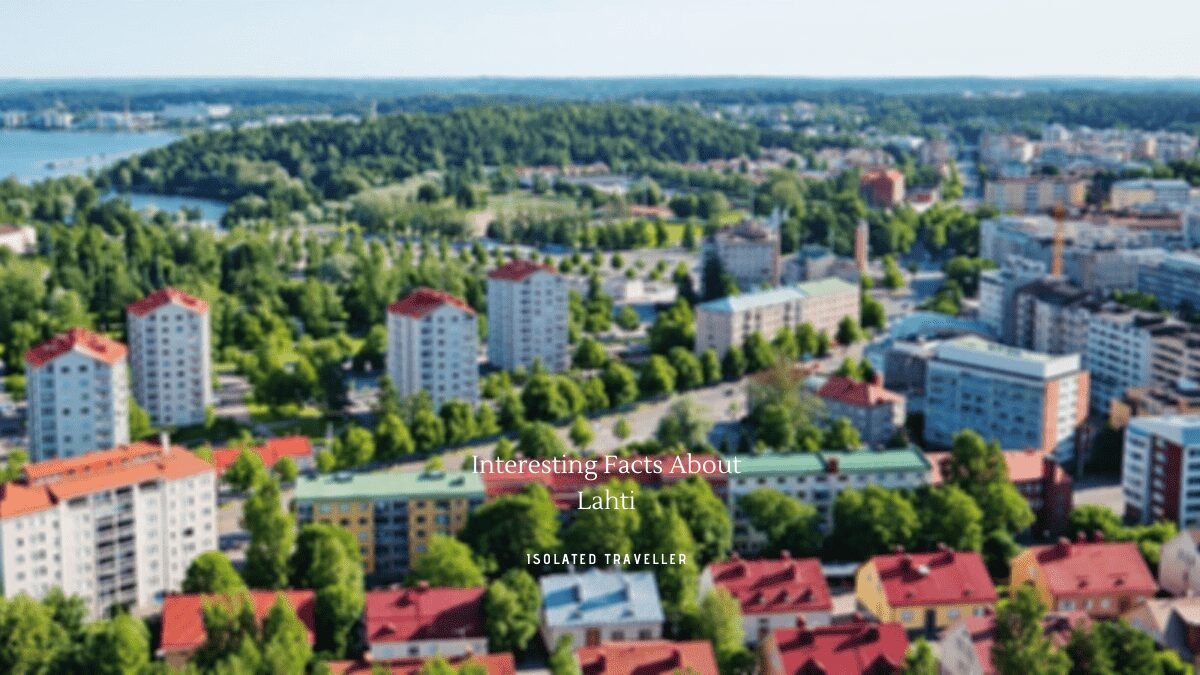Facts About Lahti
-
Lahti was first mentioned in documents in 1445. The village belonged to the parish of Hollola and was located at the medieval trade route of Ylinen Viipurintie, which linked the towns of Hämeenlinna and Viipuri.
-
Lahti is a city in Päijänne Tavastia, Finland. Literally it means bay. It is part of the province of Southern Finland.
-
The asteroid 1498 Lahti was named after the city by its discoverer, the Finnish astronomer Yrjö Väisälä.
-
The coat of arms of the city depicts a train wheel surrounded by flames.
-
The population growth came to a sharp end in 1975 and the city has since grown very little, with the latest notable growth in population happening in 2016 when the municipality of Nastola became a part of Lahti.
-
The 1997 World Games and the 2009 World Masters Athletics Championships were held in Lahti.
-
Lahti is twinned with: Västerås, Sweden; Akureyri, Iceland; Randers, Denmark; Ålesund, Norway; Zaporizhzhya, Ukraine; Pécs, Hungary; Garmisch-Partenkirchen, Germany; Suhl, Germany; Kaluga, Russia; Narva, Estonia; Deyang, Sichuan, China; Wuxi, Jiangsu, China; Norberg, Sweden & Tamsalu, Estonia
-
Noble People of Lahti: Alina Voronkova, Jaana Pelkonen, Eija-Riitta Korhola, Mikko Lehtinen, Jari Litmanen, among others (external link)
-
The Population of Lahti is 118,885, as of 2016.
-
The town hall was designed by Eliel Saarinen and the Church of the Cross by Alvar Aalto.


